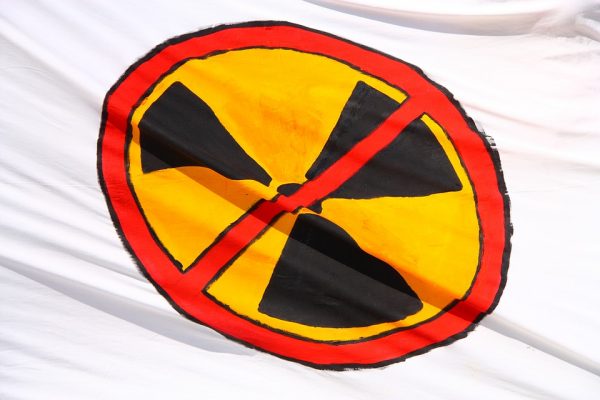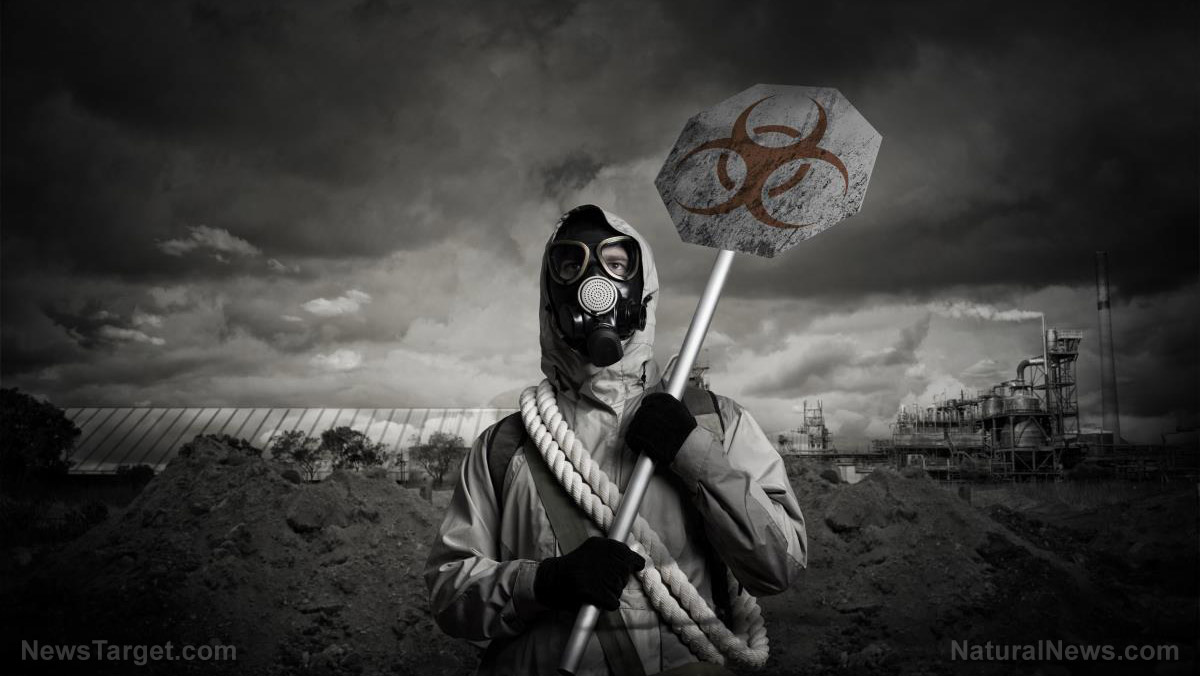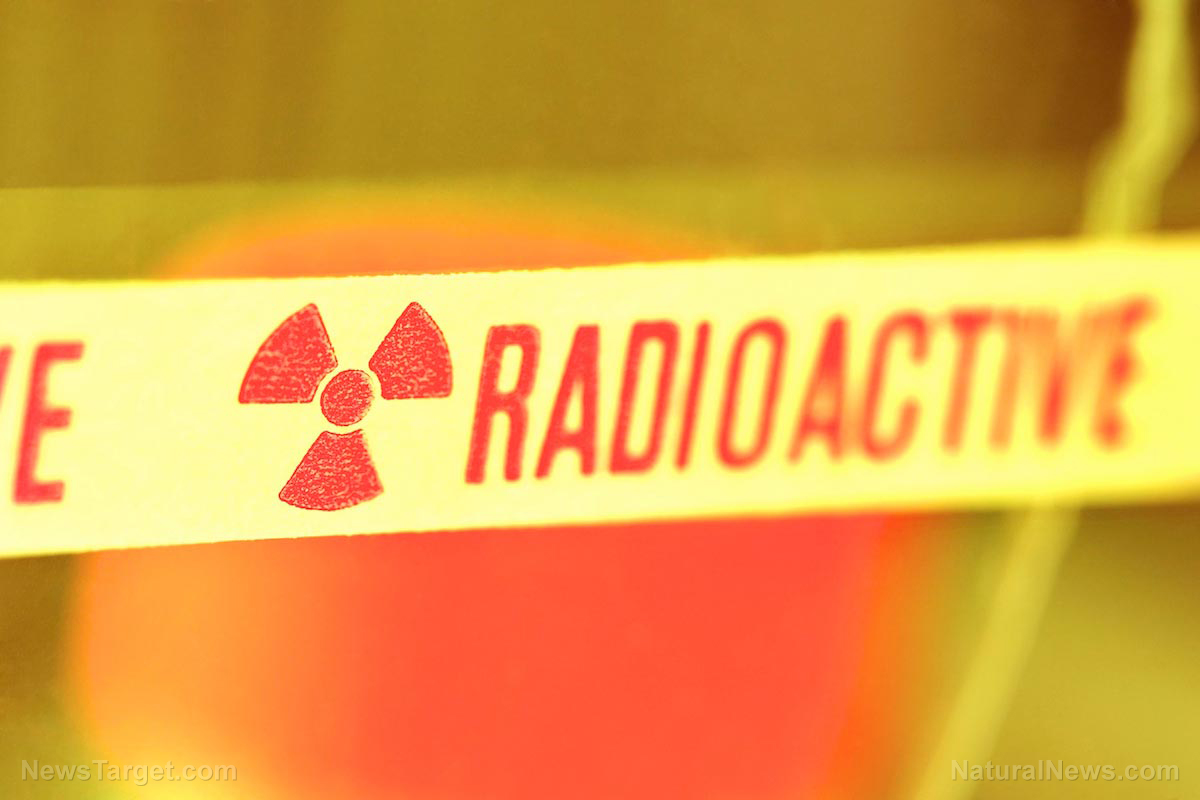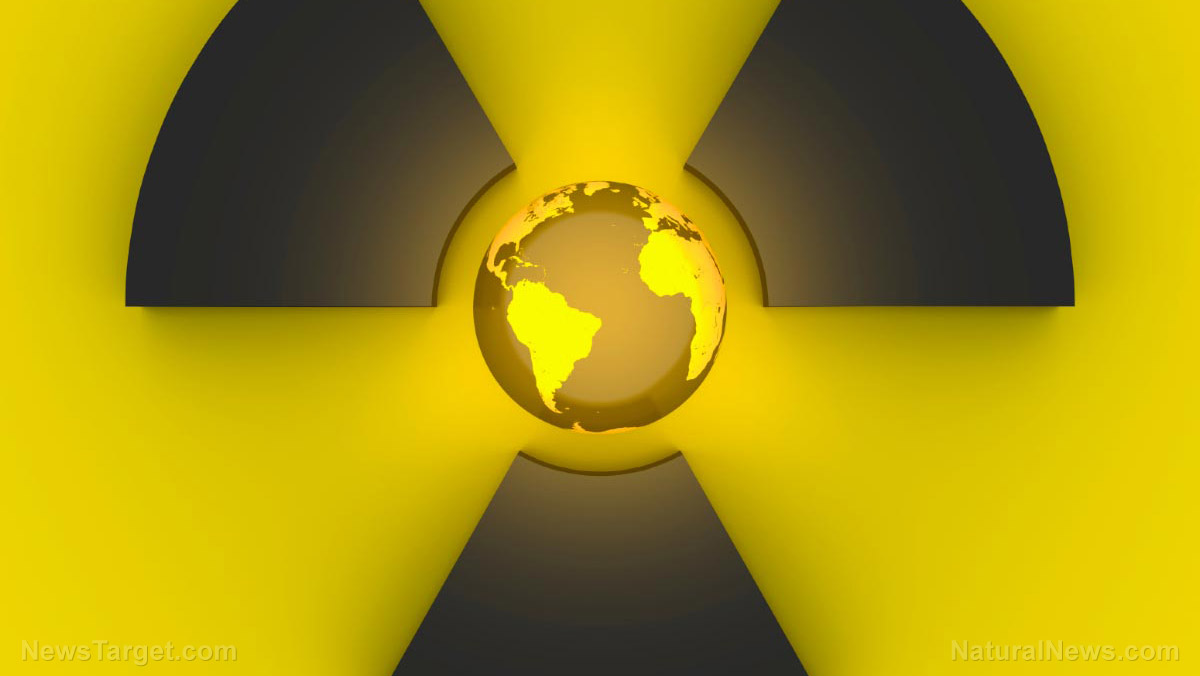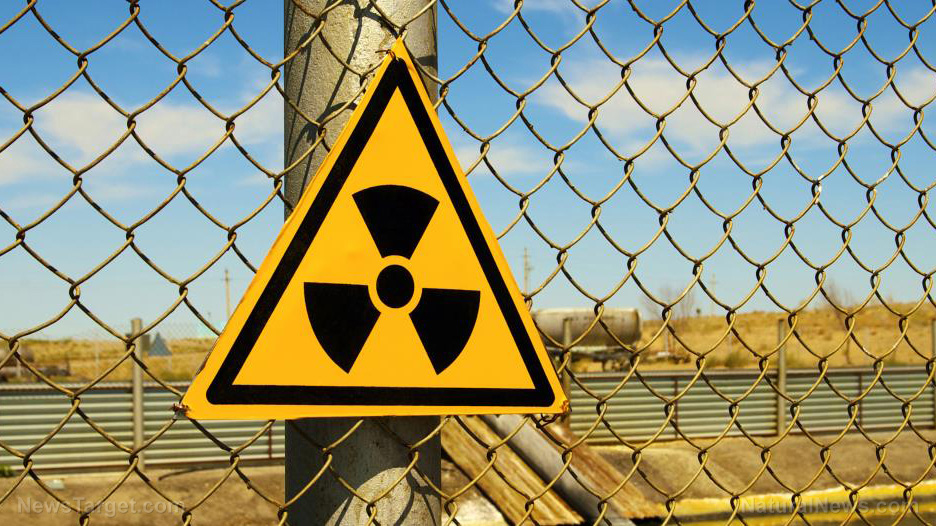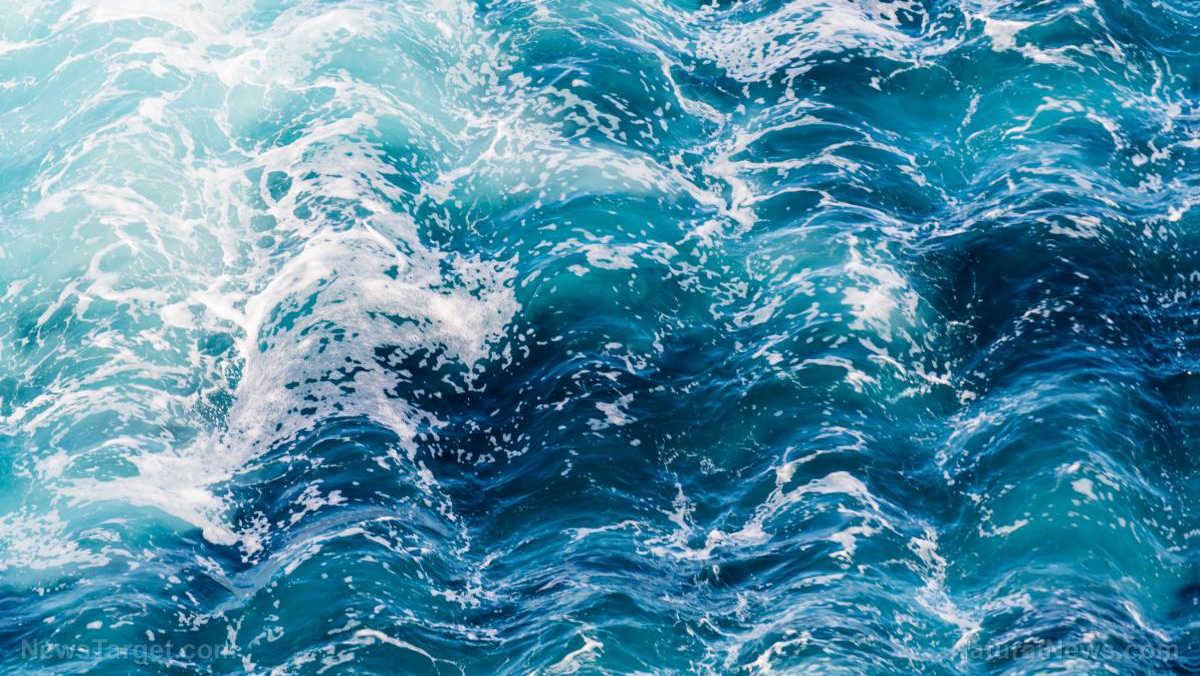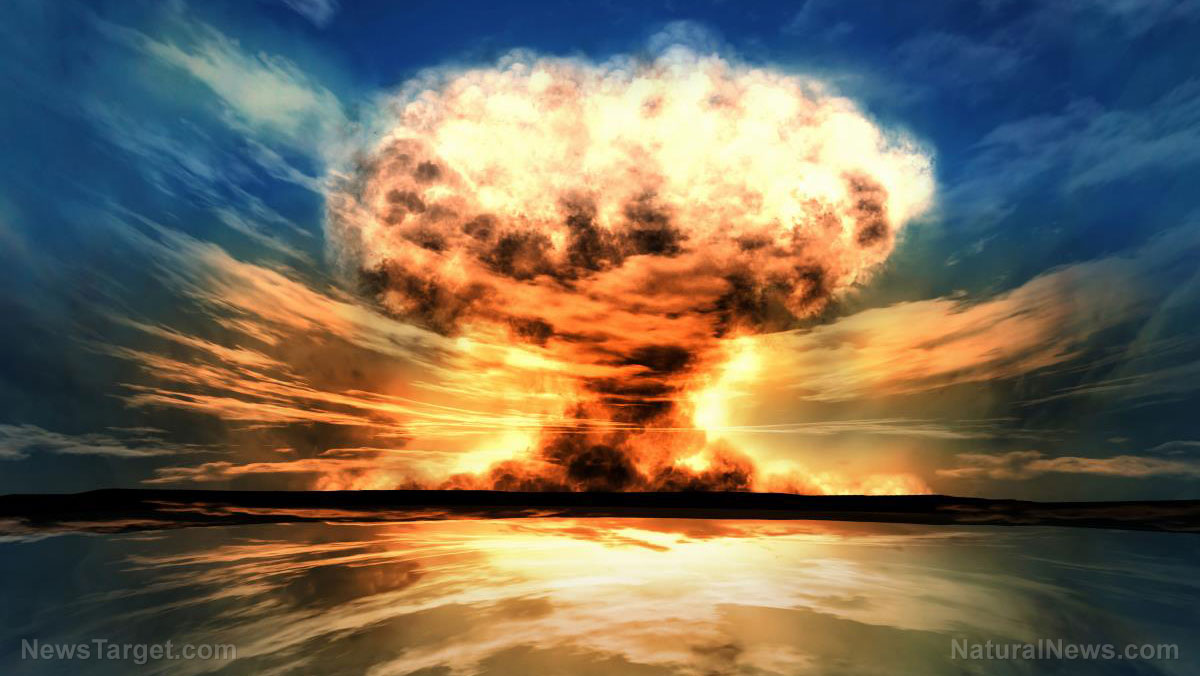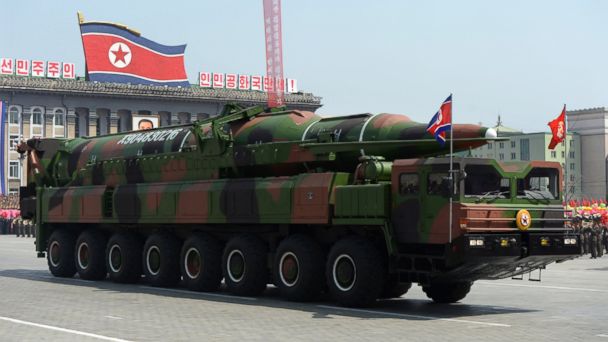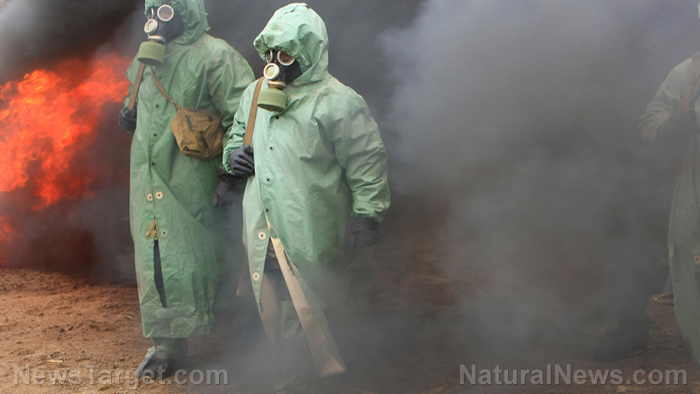Japan to “drop tanks” full of Fukushima nuclear waste directly into the ocean
05/08/2017 / By Amy Goodrich
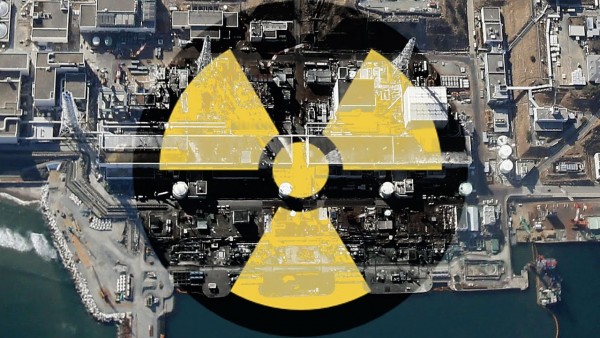
Following a major earthquake in March 2011, a 15 meter-high tsunami ravaged the Fukushima Daiichi Nuclear Power Plant. Though the reactors immediately shut down after the quake, the giant wave that hit Fukushima’s shores disabled the emergency generators that power and operate the pumps that cool the reactors.
The insufficient cooling resulted in the nuclear meltdown of the cores of three reactors, causing the worst nuclear disaster since Chernobyl. A nuclear scientist, Neil Hyatt, has told TRT World, an international news platform of the Turkish Radio and Television Corporation broadcasting from Istanbul and London, that the dismantling and complete cleanup could take up to a hundred years.
Six years after the disaster, the three crippled reactors are still leaking water with high levels of radiation into the Pacific Ocean. Though the Pacific Ocean is a vast stretch of water, Fukushima’s radiation is reaching the coast of the United States, Canada, and Mexico, contaminating the fish we eat and the water we swim in.
While these findings were first considered “fake news” and laughed away, researchers can no longer deny that Cesium-134, the so-called fingerprint of Fukushima, has been found in seawater and fish along the Western Coast of the Americas.
In TRT’s daily news show “Insight,” hosted by former Sky News presenter Martin Stanford, the head of international atomic energy agency has called on the world to help with the cleanup of the Fukushima site. (RELATED: Find more news about the Fukushima disaster at FukushimaWatch.com)
Japan fails to clean up the mess, plotting to discharge nuclear waste into the ocean
Ever since the tsunami put the Fukushima plant out of business, one of the ongoing core tasks has been to cool the reactors and prevent the release of highly contaminated water leaking from the three units. Though it has been six years since the disaster, the cleanup is making slow progress.
Mark Whitby, chairman and design director of the engineering and consultancy firm WME Consultants, explained that today about 400 tons of water go into each reactor to cool it. Part of the highly radioactive water is recycled to re-cool the reactors, and the rest goes into big tanks, which are stacking up at a fast rate. As reported by TRT, Japan is running out of storage space. There are currently about a 1,000 storage tanks holding 920,000 tons of contaminated water.
As if the marine life isn’t struggling enough already by the vast amounts of plastic in the oceans, the Japanese are now talking about dumping these tanks with nuclear wastewater directly into the sea because they cannot keep building and storing these reservoirs, Whitby told TRT.
Also, to this day researchers are uncertain whether the melted cores are still within the containment structures or if they have burrowed through the vessels, contaminating the groundwater that ends up in the Pacific Ocean. Since many robots, sent out to assess the damage, have been destroyed due to the high levels of radiation that melts their electronics, it is tough to get this information.
Recently, however, one camera lasted long enough to show that molten core debris has burned through the bottom of the inner reactor wall. The radioactive debris is now burrowed deep into the foundations of the reactor, causing the highest radiation levels measured around the reactor since the triple core meltdown six years ago. Until these cores can be retrieved, the reactors will keep leaking radioactive material into the groundwater.
According to Japan’s former prime minister, the current Prime Minister Shinzo Abe is lying about the situation being under control. Abe has also been criticized for forcing more than 6,000 people to return to their home in areas that are still highly contaminated zones.
According to the Japanese government, Japan will be safe by 2020. Therefore, it will hold the Olympic baseball and softball in the Fukushima area to show “Japan is cool,” even if their reactors are still posing a serious threat.
For more info watch the full Insight episode below.
Sources:
Tagged Under: Fukushima, Japan, nuclear waste, Ocean, Pacific Ocean, radioactive waste, West Coast

